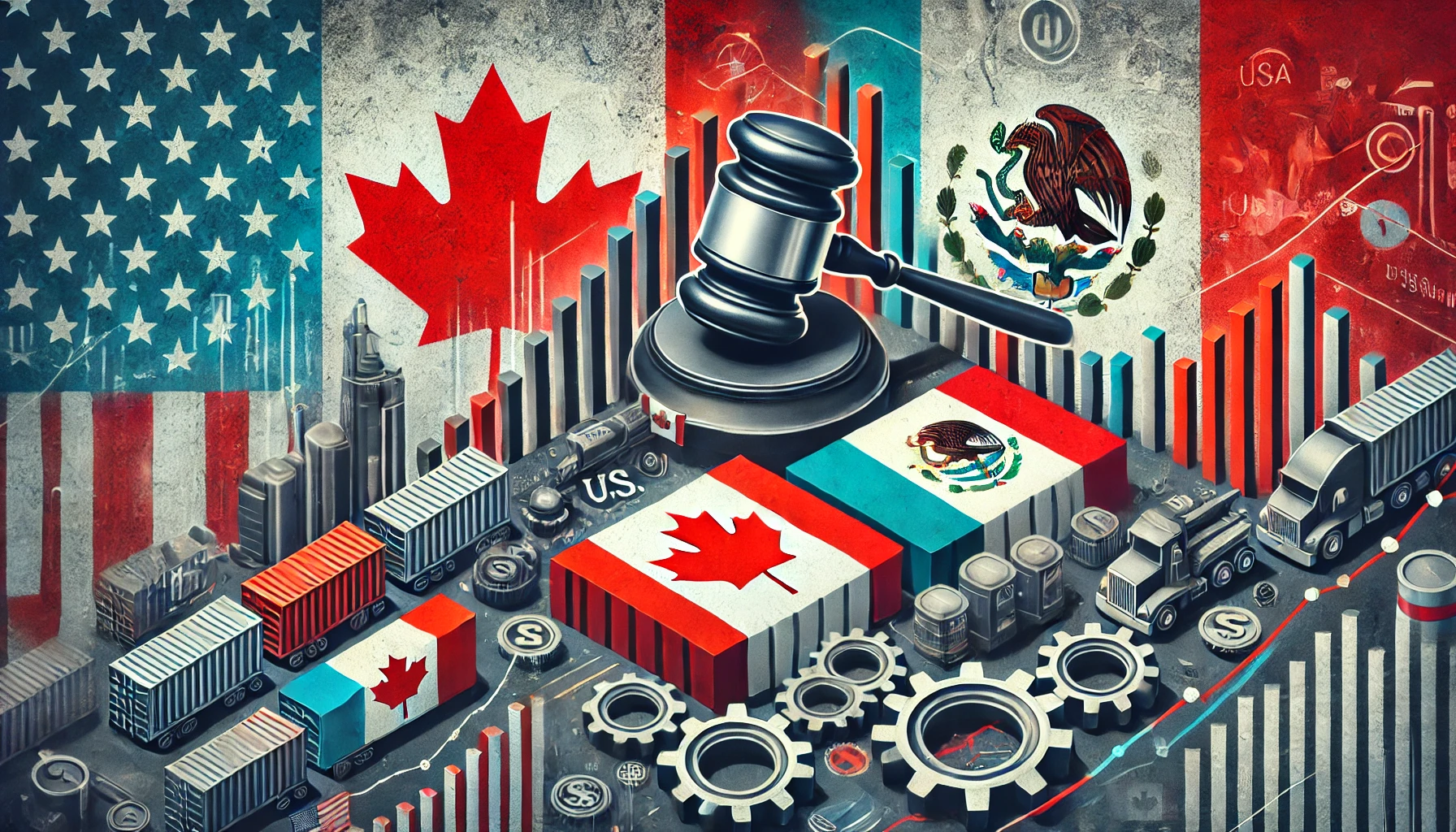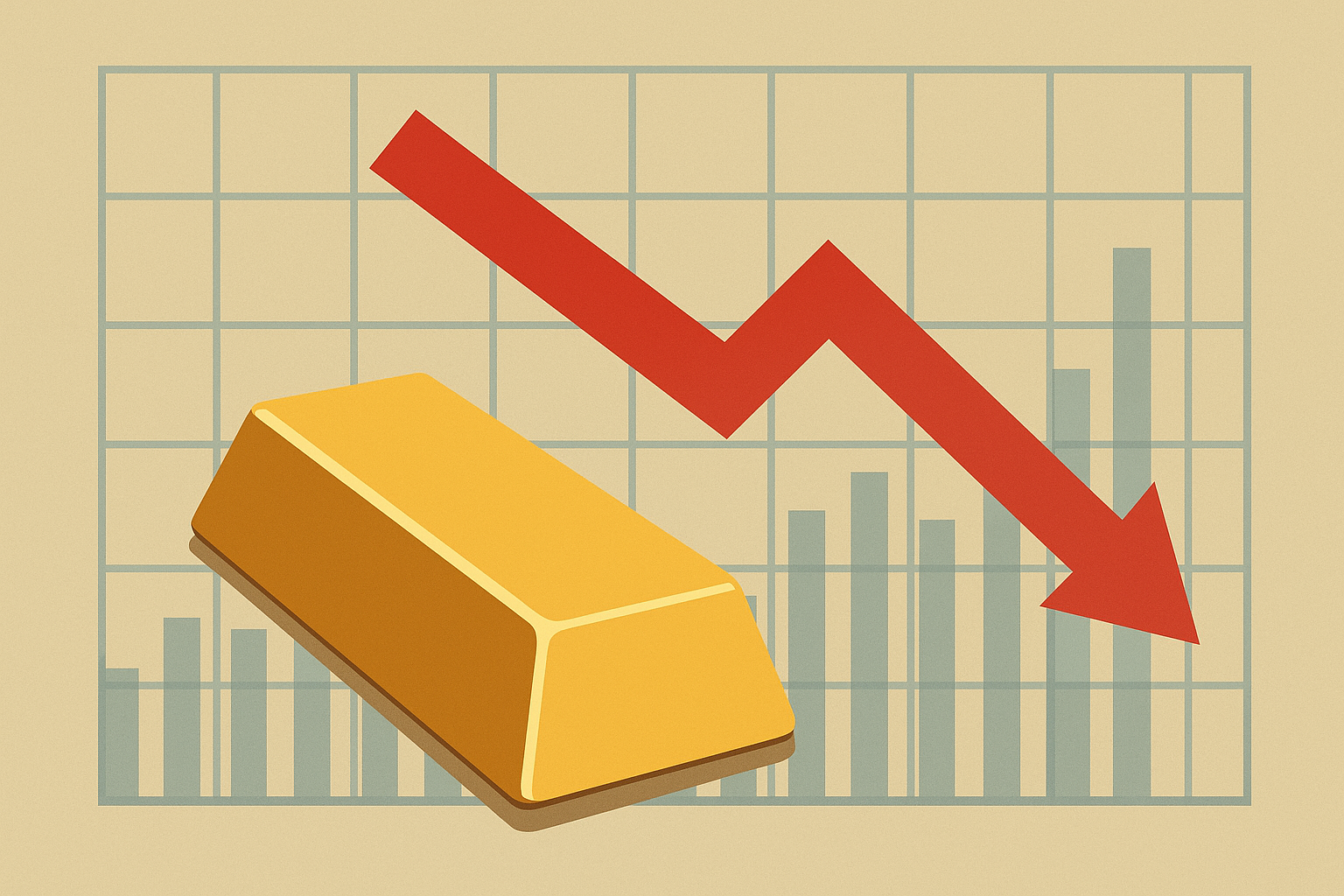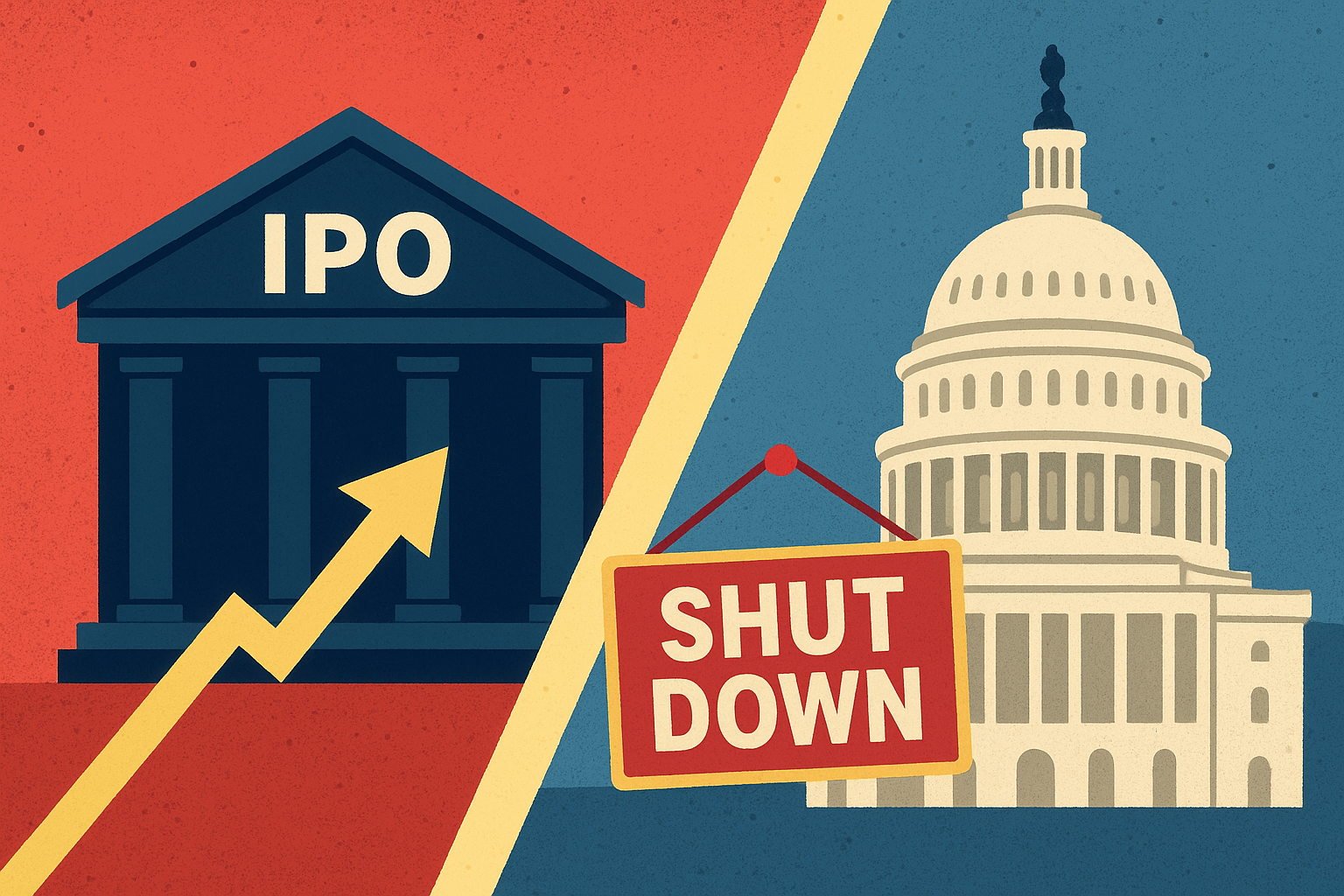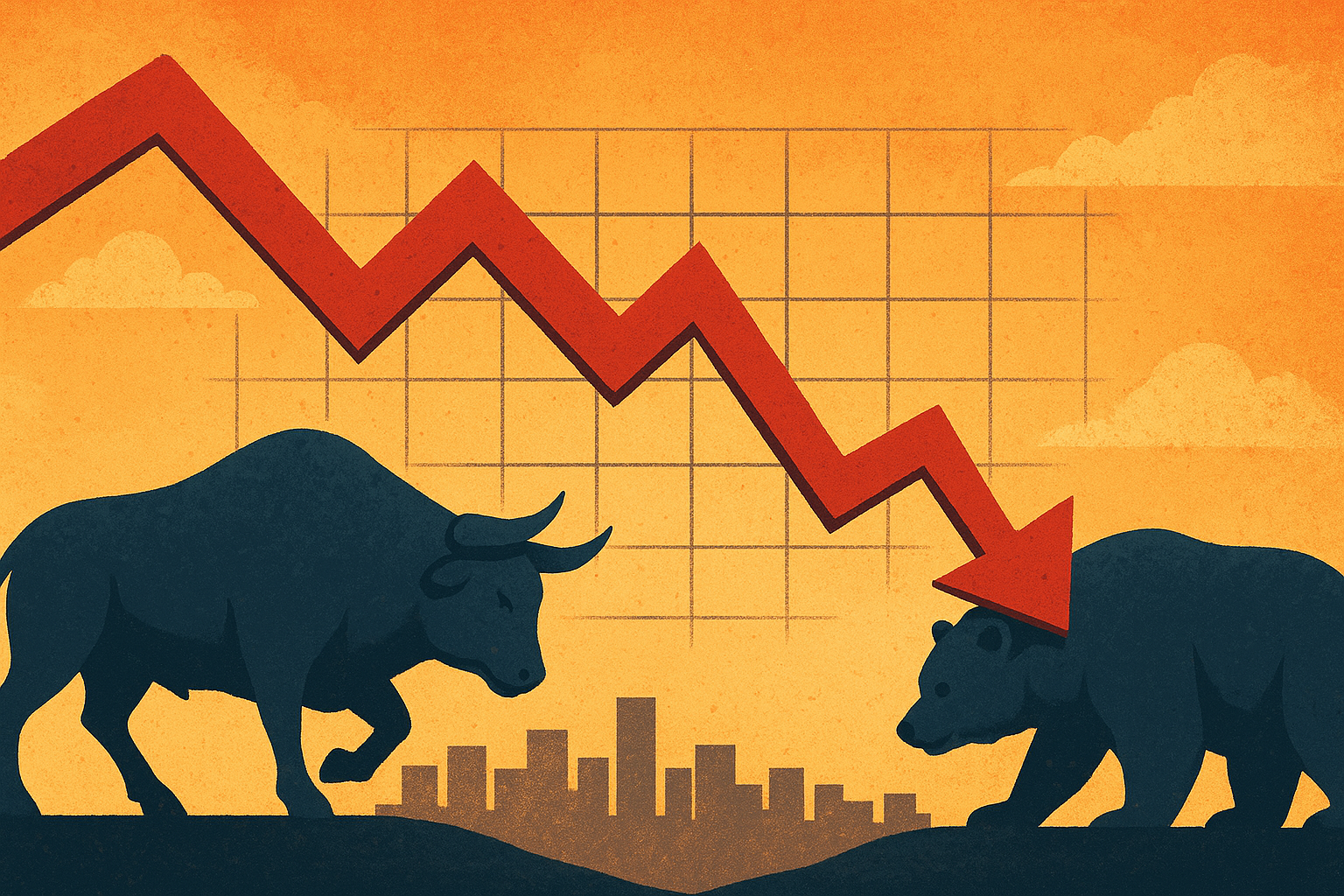Introduction: A Major Trade Shift with Market Implications
President Donald Trump is set to impose significant tariffs on imports from Canada and Mexico, a move that has already begun to shake investor confidence. These tariffs, which are expected to be officially announced in the coming week, introduce heightened uncertainty into the global markets, particularly in sectors reliant on North American trade. Given the integrated nature of the supply chains between the U.S., Canada, and Mexico, this policy shift could lead to price volatility, supply disruptions, and economic strain on affected industries.
Why This Matters for Investors
Trade policies have long been a critical driver of market stability and investor sentiment. Tariffs can influence everything from corporate earnings to commodity prices, making it essential for investors to monitor such developments closely.
Key Market Drivers:
- Increased Costs for Businesses: Companies reliant on Canadian and Mexican imports may face higher production costs, potentially leading to lower profit margins and increased consumer prices.
- Stock Market Volatility: The imposition of tariffs often results in sharp reactions in equities, particularly in industries such as automotive, manufacturing, and retail.
- Currency Fluctuations: The uncertainty surrounding trade could lead to fluctuations in the U.S. dollar, Mexican peso, and Canadian dollar, impacting forex markets and international investments.
Future Trends to Watch
1. Impact on Key Industries
The automotive and manufacturing sectors stand to be among the hardest hit by these tariffs. Major automakers, which operate plants across North America, could see supply chain disruptions and increased production costs. Additionally, agricultural exporters could suffer if retaliatory tariffs are imposed by Canada and Mexico.
2. Political and Economic Ramifications
The move to impose tariffs comes at a politically sensitive time, with trade relationships already strained. Investors should watch for potential negotiations or policy reversals that could alter the economic landscape. Furthermore, retaliatory measures from Canada and Mexico could escalate trade tensions, exacerbating market uncertainty.
3. Commodities and Inflation
Tariffs often lead to higher costs for raw materials, potentially driving inflation. Rising material costs could impact not only manufacturing companies but also broader consumer markets, affecting investor sentiment and central bank policy decisions.
Investor Insight: Key Takeaways
- Strategic Adjustments: Investors should assess their portfolios for exposure to industries most affected by tariffs and consider diversifying to mitigate potential risks.
- Opportunities in Market Volatility: While uncertainty may pose risks, it also creates opportunities in sectors that benefit from shifts in trade dynamics, such as domestic manufacturing and alternative supply chain solutions.
- Monitoring Policy Changes: Given the political nature of trade policies, staying informed on negotiations and potential reversals is crucial for making timely investment decisions.
Final Thoughts: Navigating the Trade Uncertainty
With the upcoming tariffs on Canadian and Mexican imports, investors face an evolving landscape that requires vigilance and strategic positioning. Keeping an eye on market reactions, industry responses, and geopolitical developments will be essential in mitigating risks and seizing emerging opportunities. For continuous updates on trade policies, market trends, and investment insights, stay tuned to MoneyNews.Today.





